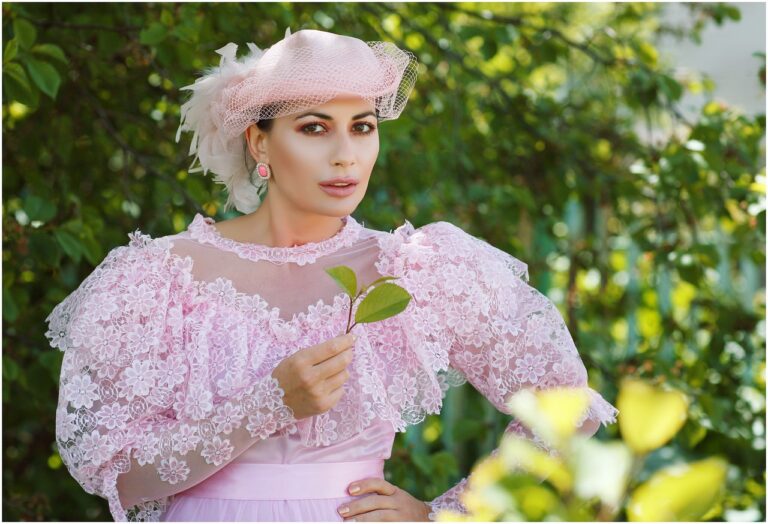Analyzing the Influence of Cultural Heritage on Boutique Fashion: 11xplay, Gold365.win, Skyexchange registration
11xplay, gold365.win, skyexchange registration: Analyzing the Influence of Cultural Heritage on Boutique Fashion
Fashion is more than just clothing; it is a reflection of our culture, history, and identity. In recent years, boutique fashion has gained popularity for its unique and personalized approach to style. Boutique fashion designers draw inspiration from various sources, including cultural heritage, to create one-of-a-kind pieces that stand out from mass-produced clothing. In this article, we will explore the influence of cultural heritage on boutique fashion, delving into how different cultures shape design, materials, and aesthetics in the world of fashion.
The Intersection of Culture and Fashion
Culture plays a significant role in shaping fashion trends and styles. From traditional garments to modern interpretations, cultural heritage serves as a wellspring of inspiration for designers worldwide. Boutique fashion, in particular, thrives on cultural influences, often blending elements from different traditions to create a unique and eclectic aesthetic.
One of the most prominent ways cultural heritage impacts boutique fashion is through the use of traditional textiles and craftsmanship. Many boutique designers source materials from local artisans, incorporating handwoven fabrics, intricate embroidery, and unique dyeing techniques into their collections. By preserving traditional techniques and supporting local craftsmanship, these designers not only create distinctive pieces but also help to sustain cultural traditions and heritage.
Cultural heritage also informs the design aesthetic of boutique fashion. Designers often draw inspiration from folk costumes, traditional rituals, and historical artifacts to infuse their collections with a sense of heritage and authenticity. Whether it’s incorporating geometric patterns from indigenous art or reinterpreting vintage silhouettes with a modern twist, cultural influences can be seen in every aspect of boutique fashion, from prints and colors to cuts and detailing.
Furthermore, cultural heritage plays a crucial role in promoting diversity and inclusivity in the fashion industry. By celebrating and representing various cultural narratives through their designs, boutique designers not only showcase the richness and diversity of human heritage but also challenge traditional beauty standards and norms. In a world where cultural appropriation is a prevalent issue, boutique fashion serves as a platform for authentic cultural exchange and collaboration, fostering mutual respect and appreciation for different traditions.
The Impact of Cultural Heritage on Sustainability
In recent years, sustainability has become a hot topic in the fashion industry, with consumers increasingly demanding transparency and ethical practices from brands. Cultural heritage can play a significant role in promoting sustainability in boutique fashion, as it encourages a more mindful approach to design, production, and consumption.
Many boutique designers prioritize sustainability by using locally sourced materials and supporting traditional craftsmanship. By working with local artisans and small-scale producers, designers not only reduce their carbon footprint but also promote the preservation of cultural heritage and traditional skills. This commitment to sustainability not only benefits the environment but also empowers communities and fosters economic growth.
Furthermore, cultural heritage inspires a deeper connection to clothing and encourages consumers to value quality over quantity. By understanding the cultural significance and craftsmanship behind each piece, consumers develop a greater appreciation for the clothes they wear and are more likely to invest in timeless, well-made pieces that reflect their individual style and heritage. This shift towards conscious consumption not only reduces waste but also allows for a more personal and meaningful relationship with fashion.
The Future of Cultural Heritage in Boutique Fashion
As boutique fashion continues to evolve and diversify, the influence of cultural heritage is likely to become even more pronounced. From sustainable practices to inclusive designs, boutique designers are embracing cultural influences to create fashion that is both stylish and socially responsible. By drawing inspiration from diverse traditions and stories, these designers are not only redefining the concept of luxury but also promoting a more inclusive and interconnected fashion industry.
FAQs
1. How can consumers support boutique designers who prioritize cultural heritage?
Consumers can support boutique designers who prioritize cultural heritage by purchasing their pieces, sharing their work on social media, and advocating for sustainable and ethical practices in the fashion industry.
2. What are some examples of boutique brands that incorporate cultural heritage into their designs?
Some examples of boutique brands that incorporate cultural heritage into their designs include Ace & Jig, Lemlem, and Brother Vellies. These brands draw inspiration from various cultures and traditions to create unique and culturally meaningful fashion.
3. How can boutique fashion contribute to cultural preservation and diversity?
Boutique fashion can contribute to cultural preservation and diversity by showcasing and celebrating different cultural narratives through design, supporting local artisans and traditional craftsmanship, and promoting sustainable and ethical practices in the industry.







